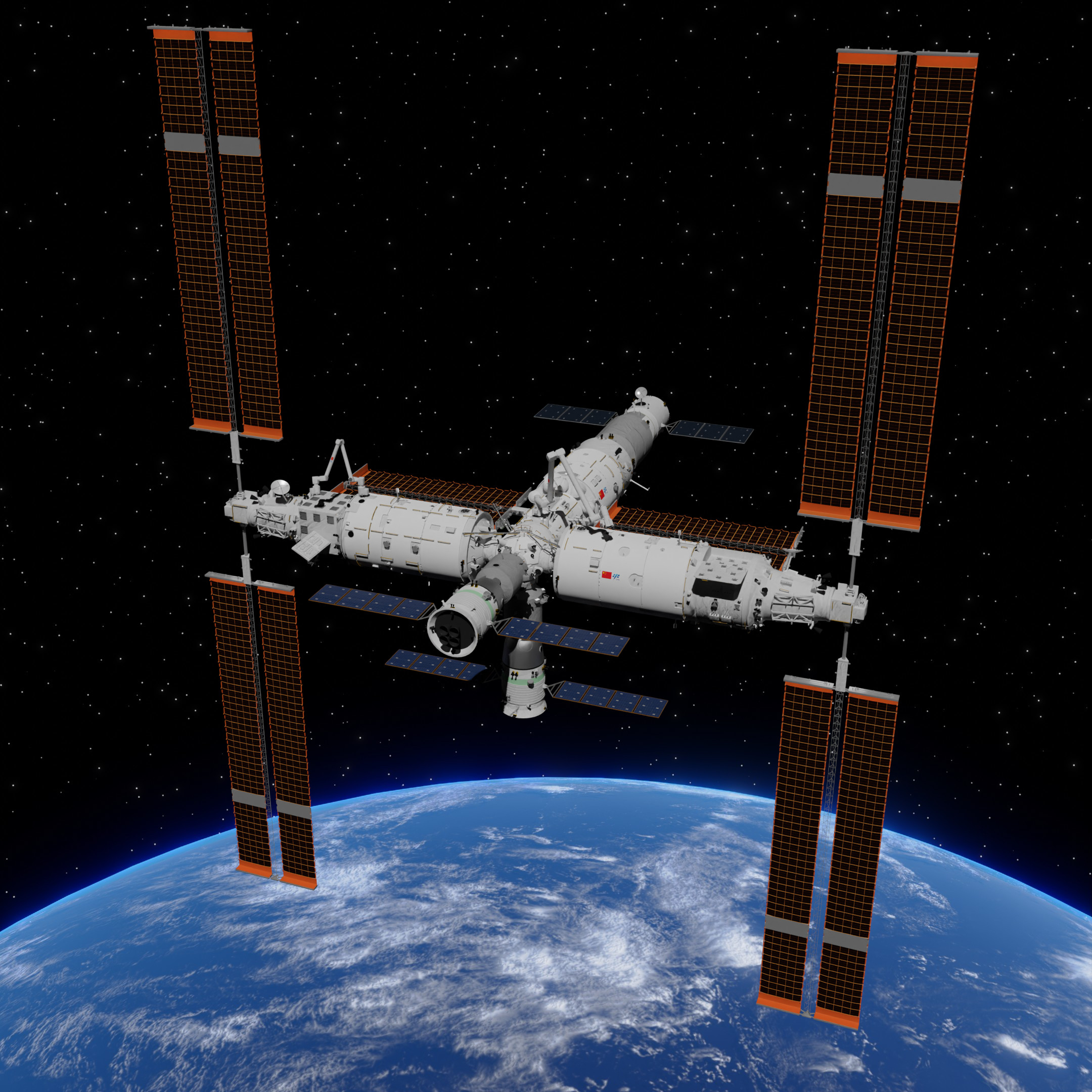Space station is an artificial satellite that can house people to live and work in space for long periods. Space stations are larger than most spacecraft and lack propulsion or landing systems, but they offer more comfortable living conditions. Spacecraft transfer crew to and from the space station and restock the station with food, water, equipment, and medical supplies. 
Construction.
Small space stations can be built on Earth and launched into orbit by large rockets. Large stations are assembled in space. Rockets carry modules (sections) of the station into orbit. Astronauts assemble them via spacewalks. New modules can be added to expand the station. Existing modules can be repositioned, refurbished, or repurposed. Old modules can be detached and discarded. 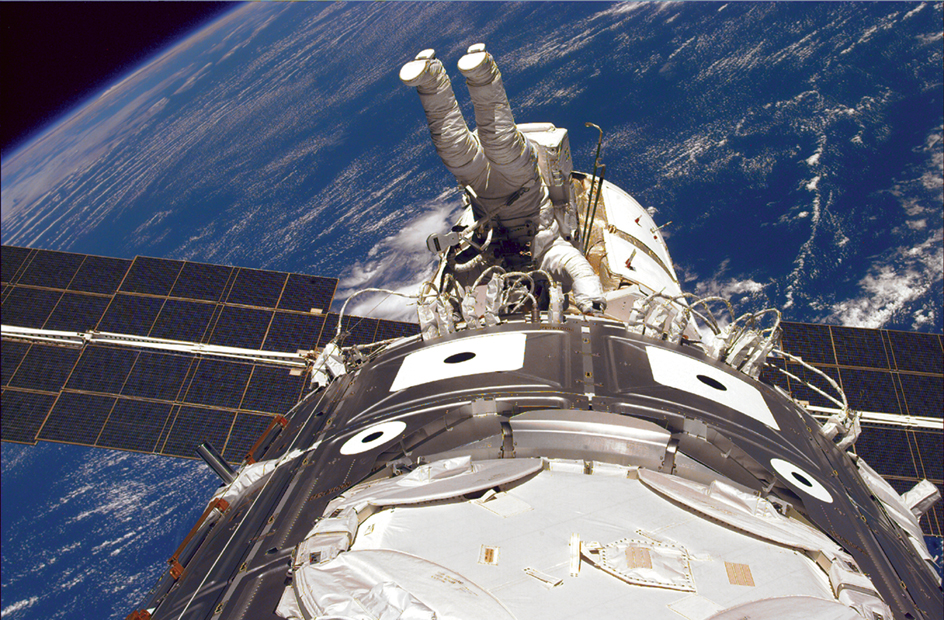
Structure and operation.
Space stations have features to make living in space as comfortable and safe as possible. Astronauts on long-term missions can suffer from loss of muscle and bone density. Therefore, space stations come equipped with exercise equipment. Space stations may contain small individual crew compartments. Astronauts may sleep and spend leisure hours in such compartments. Space stations may also include internet connections for personal use and entertainment. 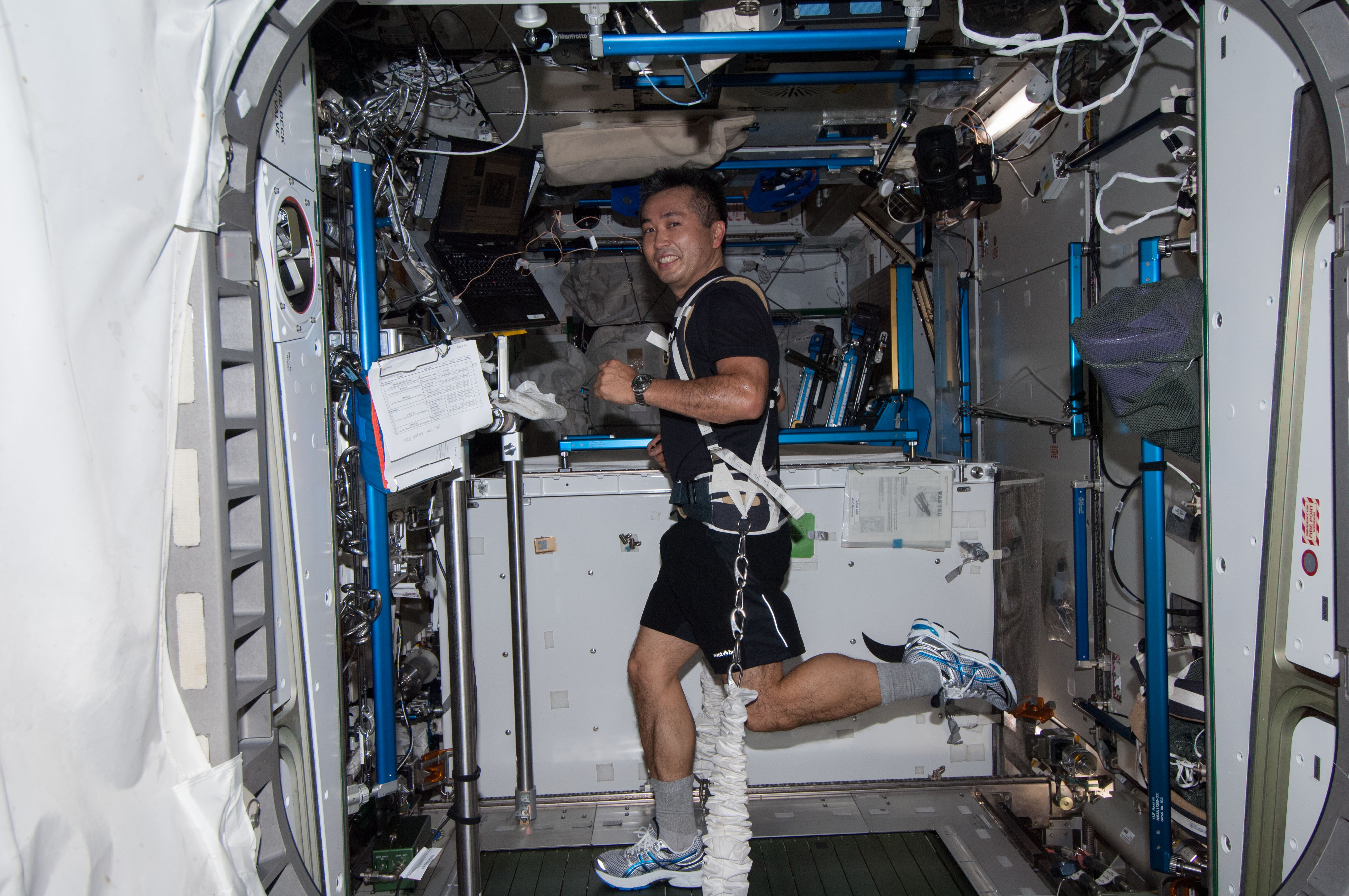
A space station remains in contact with one or more mission control centers on the ground. These mission control centers create daily schedules for astronauts. Flight directors and other mission control staff supervise the activities of astronauts aboard a space station. They schedule start and end times for equipment upgrades, maintenance tasks, scientific experiments, meals, exercise, free time, and sleep. A major task, such as a spacewalk, may take up most of the day. 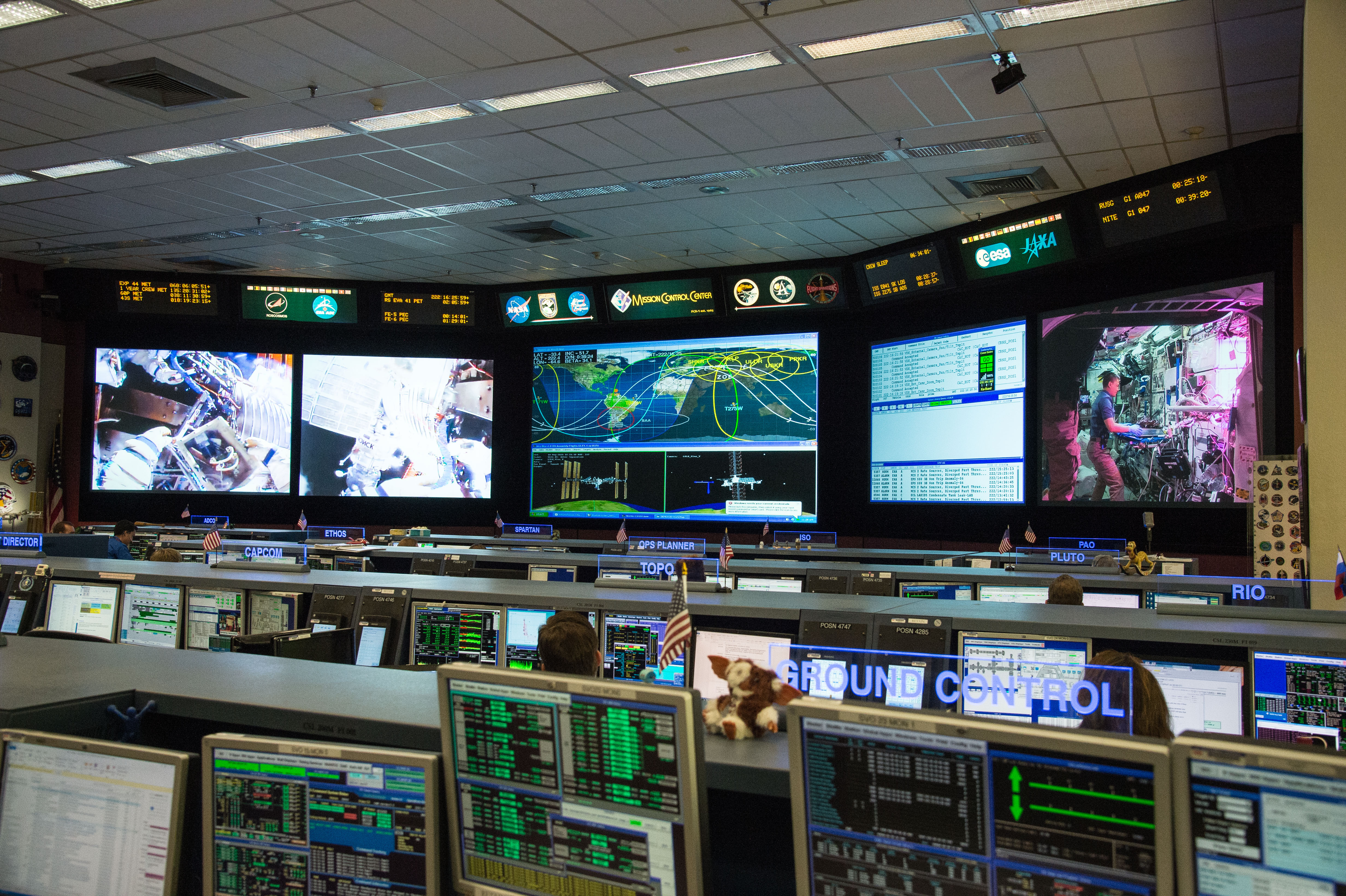
A space station has one or more docking ports to receive visiting spacecraft. Most docking ports consist of a rimmed doorway called a hatch. The docking port connects with a hatch on the visiting spacecraft to form an airtight seal. When the two hatches open, they form a pressurized tunnel between the station and the visiting spacecraft through which crew members can safely pass.
A space station has at least one vehicle docked at all times. If the crew needs to evacuate, they can use the vehicle as a “lifeboat” to return to Earth. Procedures change depending on how many astronauts are on the station and where escape vehicles are docked.
Purpose.
Space stations are sites of valuable scientific research. Astronauts experiment with the effects of weightlessness on various materials, plants, and animals and on themselves. Many experiments aim to find ways to keep astronauts safer and healthier during space missions. Astronauts also test manufacturing techniques and other industrial processes that could someday be used in orbit. 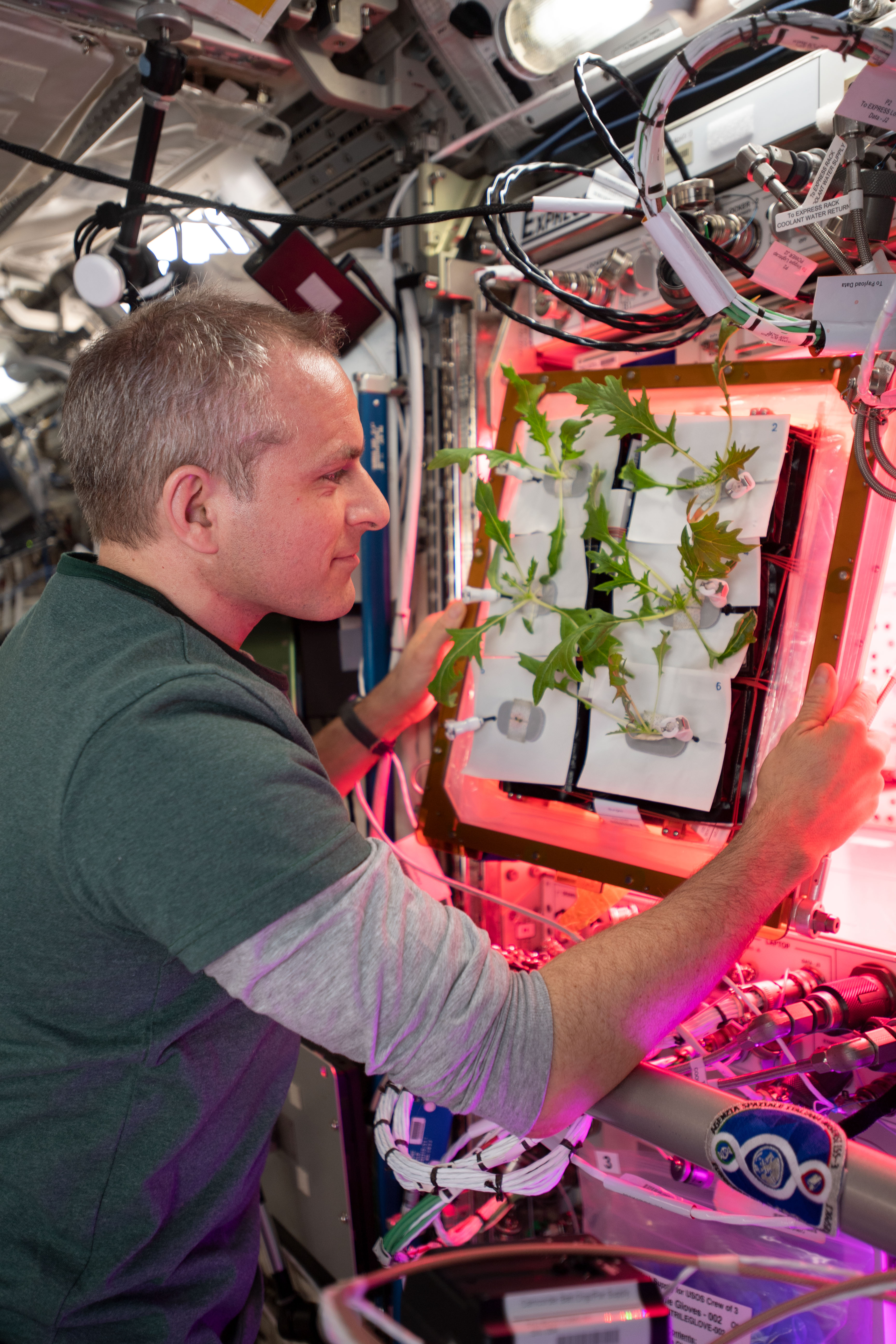
Space stations may serve as rendezvous sites for missions to other destinations. The Lunar Gateway, for example, is a proposed space station that would orbit the moon. Crews would take small spacecraft down to the surface. Large spacecraft would transfer crews and supplies from Earth to the space station. Such an arrangement would be more efficient than combining launch, landing, and long-distance travel functions in one craft.
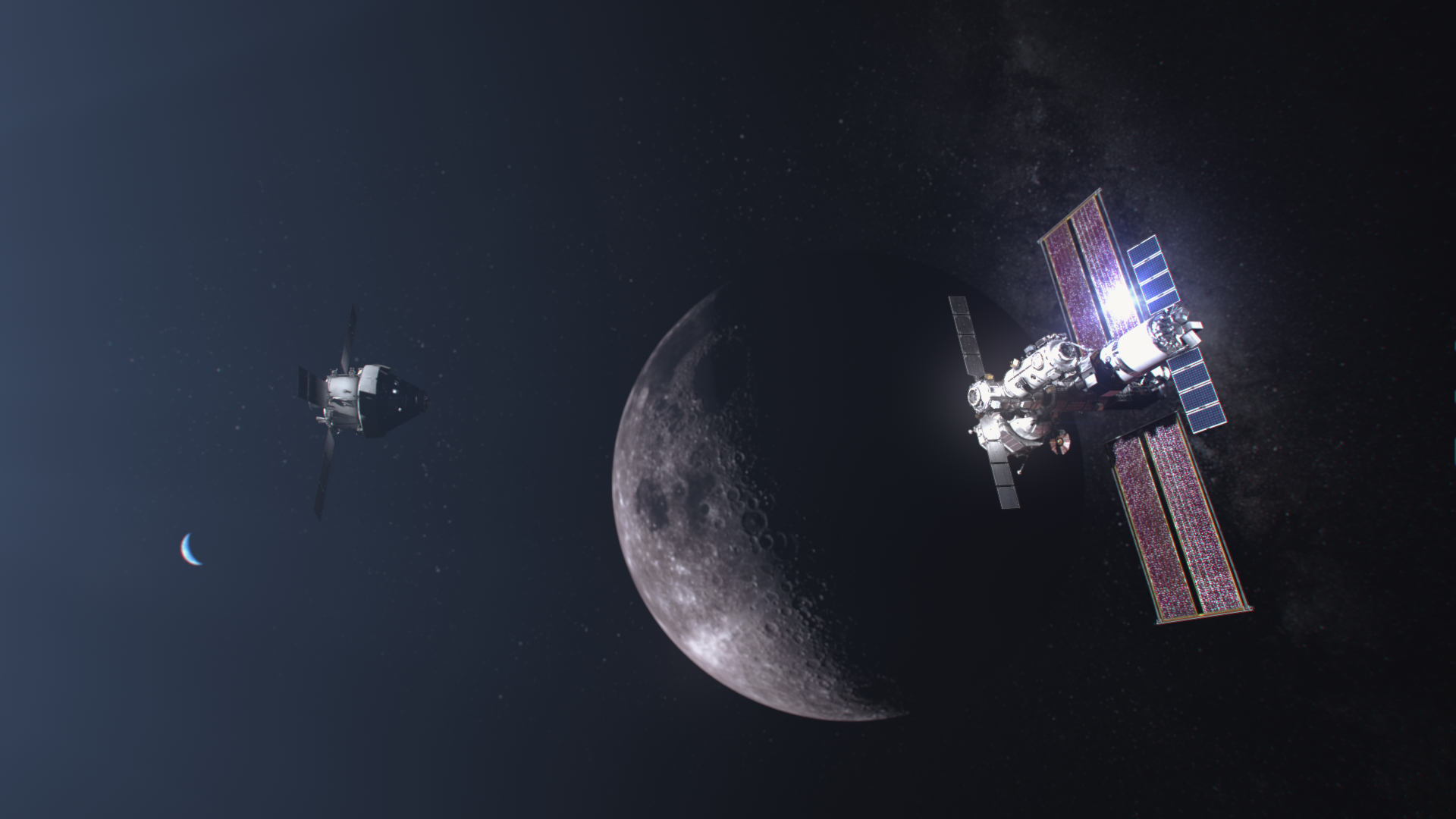
Space stations may have military applications, including the surveillance of ground targets and serving as weapons platforms. In the 1970’s, the Soviet Union launched experimental military space stations with weapons aboard. But no such military space stations exist today.
History.
The first space stations were single modules that came fully equipped with experiments and supplies. Astronauts arrived at the space station in smaller spacecraft. They would then live and work there for days, weeks, or months. They would return to Earth in the small spacecraft and the space station would be abandoned.
The Soviet Union launched the first such space station into orbit in 1971. Named Salyut 1, it consisted of a single module with one docking port. Its crew spent 23 days aboard the station, making medical observations and performing experiments. Additional Salyut stations were launched from 1973 through 1976.
In 1973, the United States National Aeronautics and Space Administration (NASA) launched the first U.S. space station, Skylab. Skylab was built from the empty third stage of a Saturn V rocket, with an attached air lock module, docking port, and solar telescope. The station suffered damage during launch, but its first crew fixed the damage. Two more crews carried out Skylab missions. These astronauts continued to operate the station while conducting medical experiments, photographing Earth, and observing the sun. 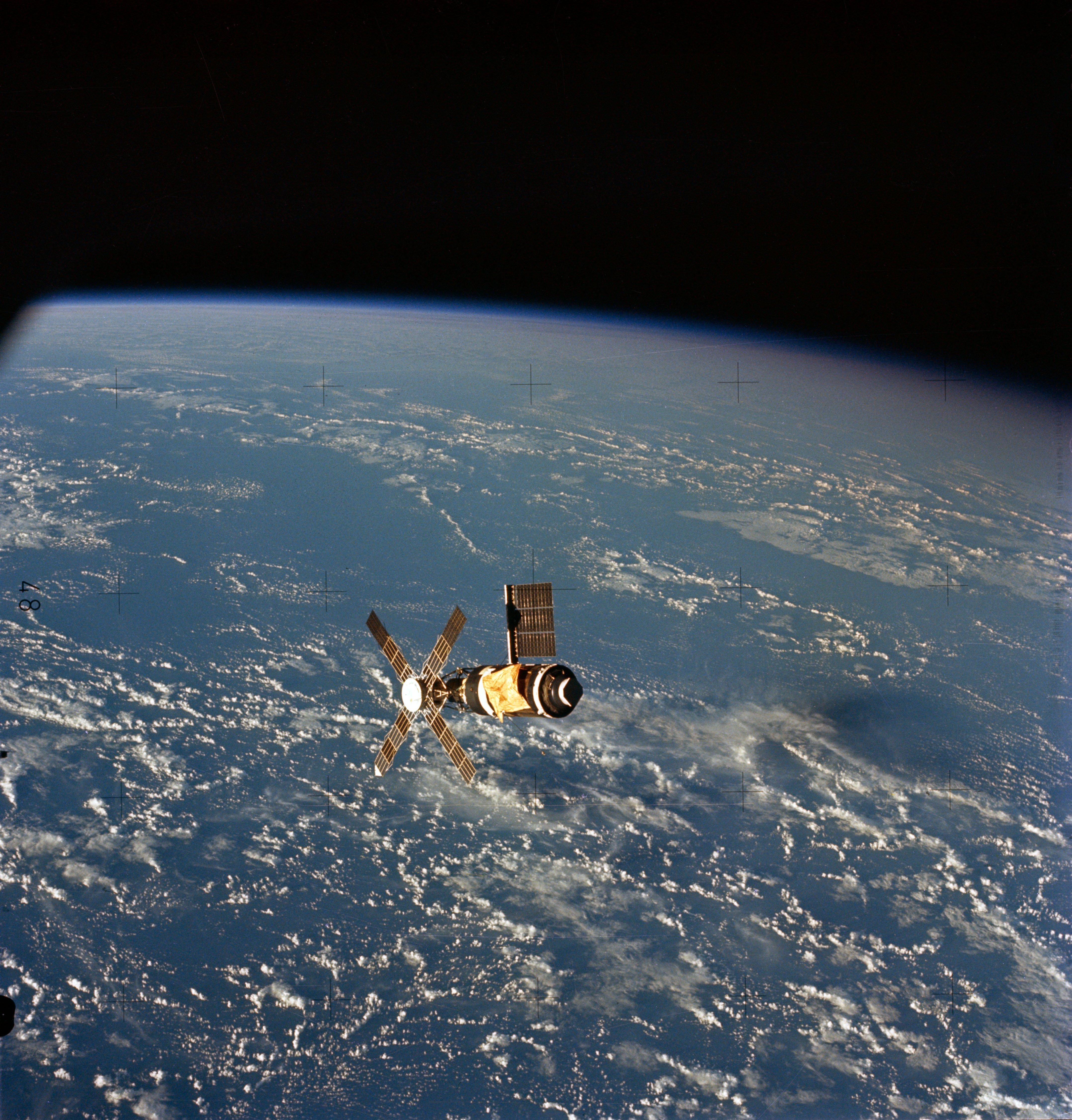
In 1977, the Soviet Union launched Salyut 6 into orbit. Salyut 6 had two docking ports, one at either end of the main module. The additional port enabled a space station crew to receive a visit from a second crew or a resupply vehicle. Salyut 6 became the first space station to be resupplied and refueled. These capabilities extended the life of space stations and enabled crews to repair and upgrade them. Spare parts and new instruments could be sent to the stations as needed. Salyut 6 operated for almost five years. Individual missions lasted as long as six months.
In 1986, the Soviet space station Mir was launched into orbit. Mir had two docking ports—one at each end—and four other hatches where laboratory modules were added later. It was the first modular space station. Mir hosted many of the longest space missions. Cosmonauts lived on the station for months at a time. In 1995, NASA’s space shuttles began to dock with Mir. The station operated until 2001.
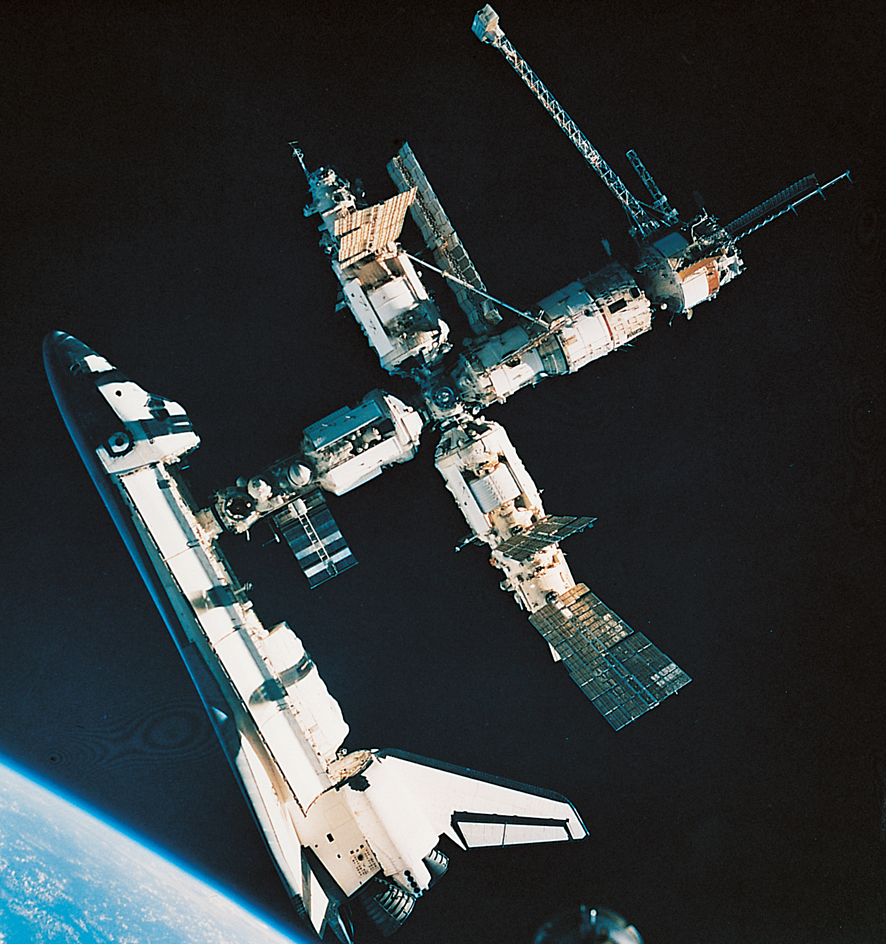
In 1998, a group of nations led by the United States and Russia began constructing the International Space Station (ISS). The first crewed mission took place in 2000. The ISS has been continuously inhabited ever since.
In the 2010’s, the Chinese space program worked to develop the capabilities needed to support a permanent space station. First, temporary space stations were launched into orbit and inhabited by astronauts. In 2022, construction was completed on China’s first permanent space station, Tiangong. This station consists of a core module, where astronauts live, and two science modules, where they conduct experiments. 